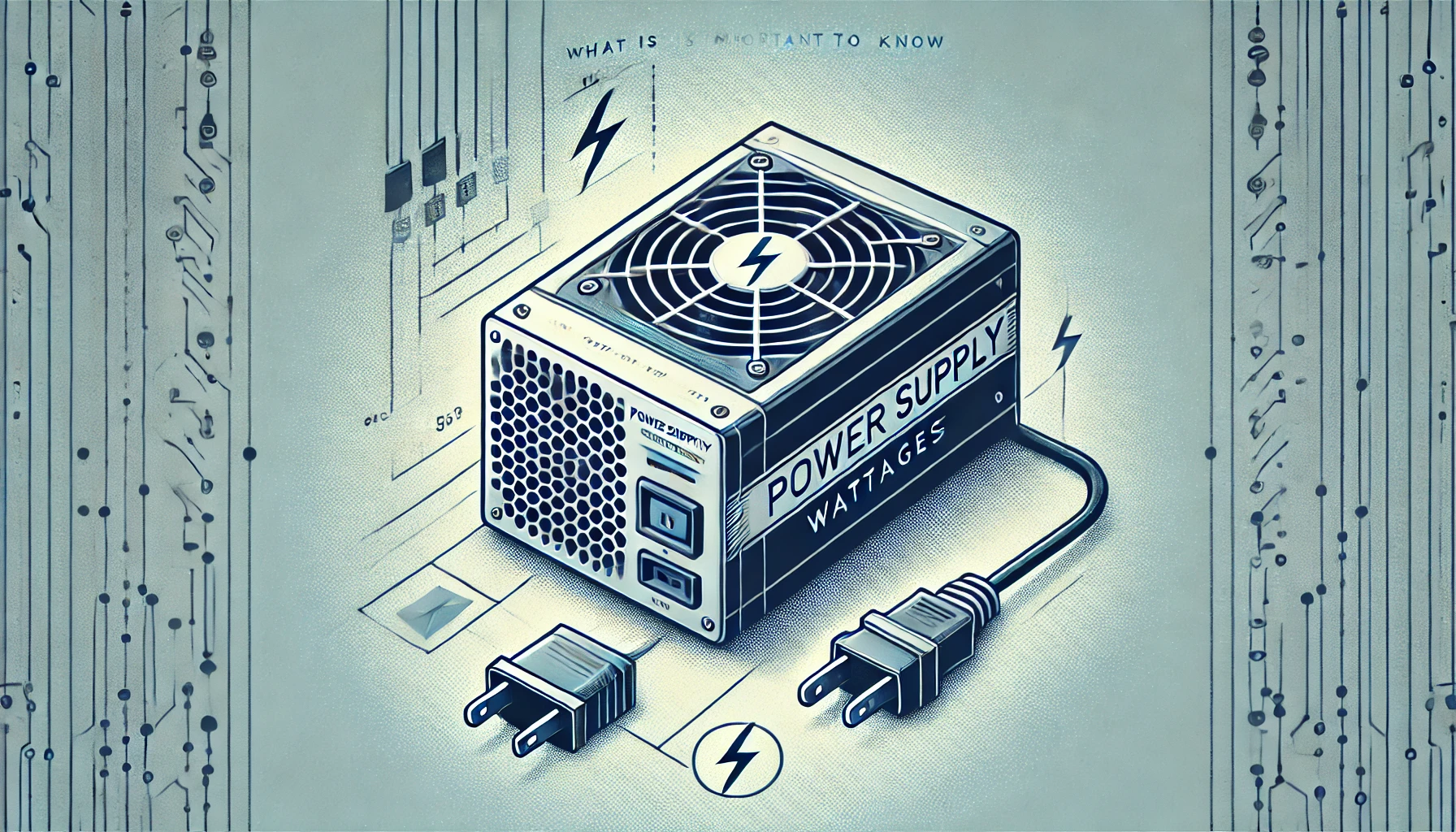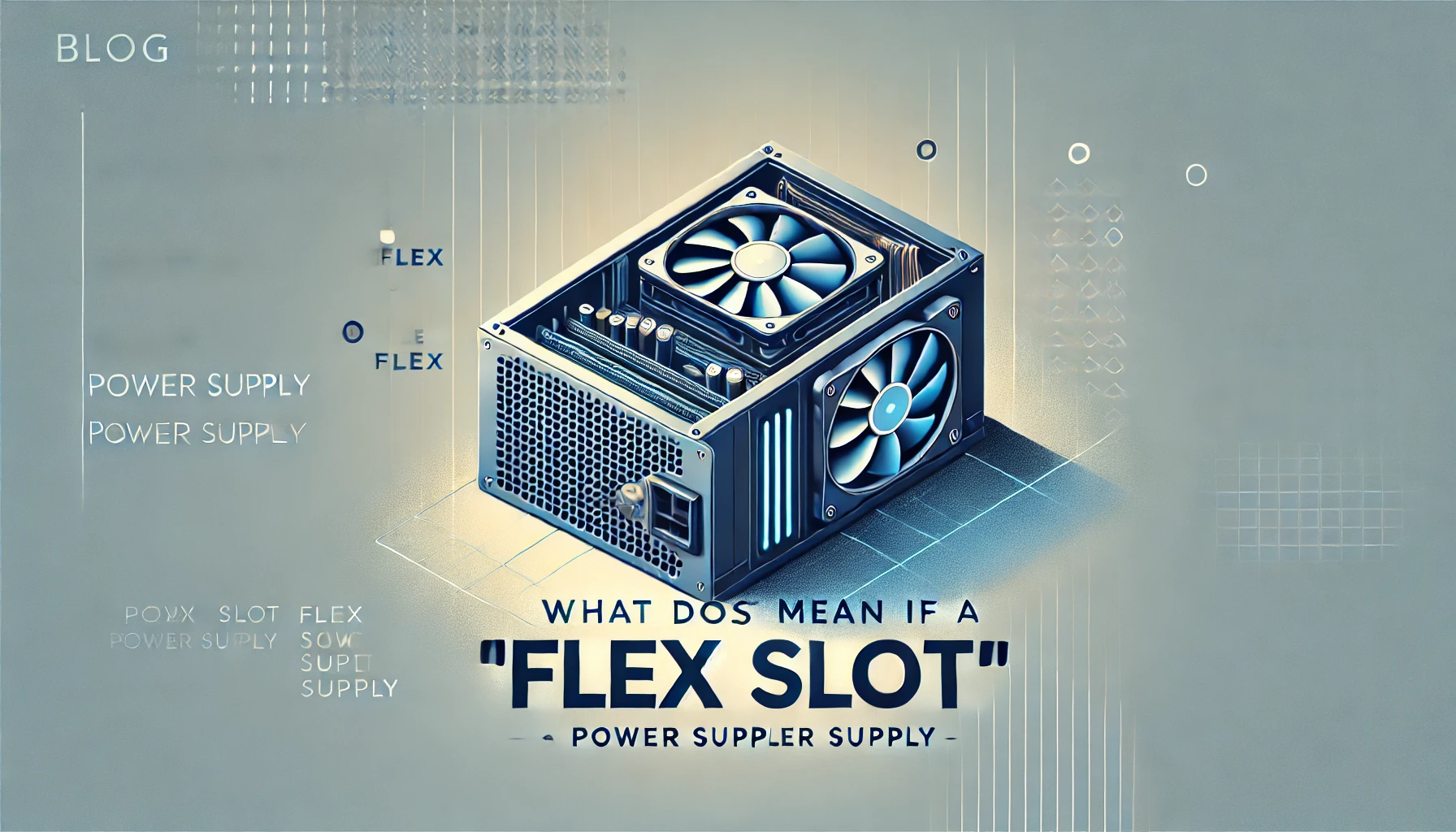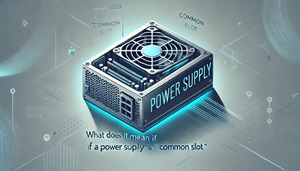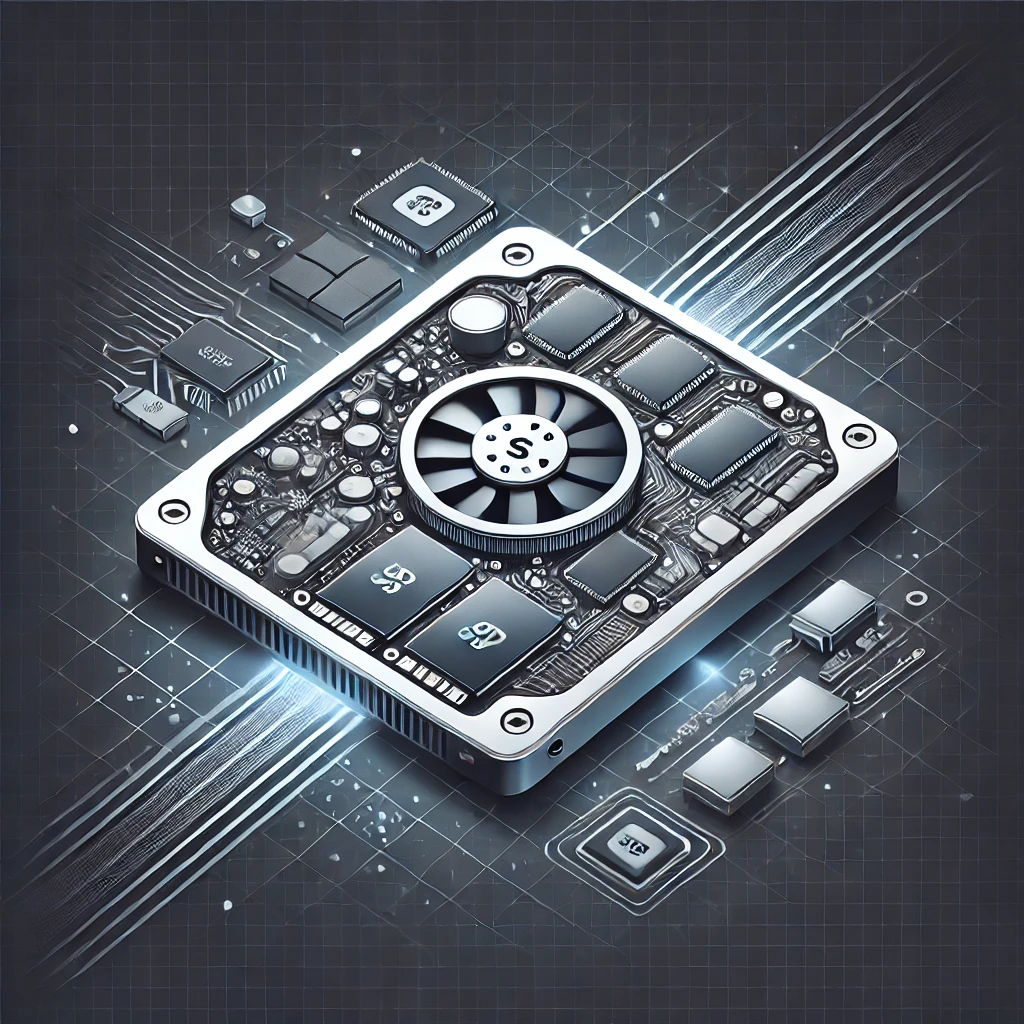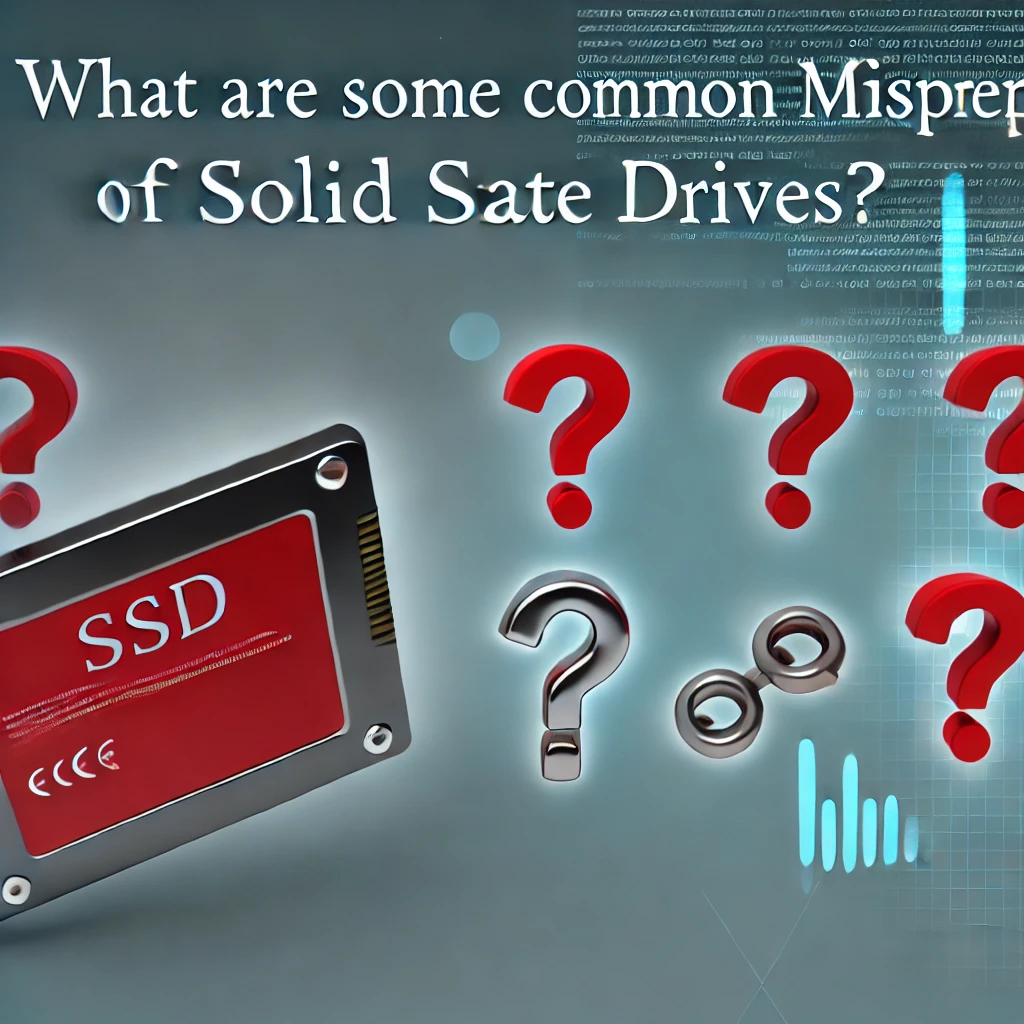Demystifying Server Memory: Common Technical Specifications Explained
Server memory plays a vital role in powering the performance and reliability of modern data centers and enterprise systems. However, navigating the world of server memory can be complex, with a multitude of technical specifications to consider. From capacity and form factor to speed, ECC, and CAS latency, each specification influences the compatibility, efficiency, and overall capabilities of your server's memory subsystem. In this comprehensive guide, we delve into the different types of specifications that apply to server memory, demystifying their significance and empowering you to make informed decisions when choosing the ideal memory solution for your enterprise environment.
Common technical specifications that apply to server memory include:
- Capacity: Capacity refers to the amount of memory that a module or system can support. Server memory modules typically have larger capacities compared to memory modules used in consumer-grade systems. Common capacities for server memory can range from several megabytes (MB) to multiple gigabytes (GB) depending on the system's architecture and memory technology.
- Form Factor: Form factor refers to the physical size and shape of the memory module. For server memory, the most common form factors are DIMM (Dual In-Line Memory Module) and its variations like RDIMM (Registered DIMM) and LRDIMM (Load-Reduced DIMM). These modules come in different lengths and pin configurations, allowing them to fit into corresponding memory slots on server motherboards.
- Speed: Memory speed, also known as the data transfer rate, measures the rate at which data can be read from or written to the memory module. Server memory modules often have higher speeds compared to consumer-grade memory modules to meet the demands of data-intensive applications and server workloads. The speed is usually specified in megahertz (MHz) or gigahertz (GHz) and indicates the number of data transfers that can occur in one second.
- ECC (Error-Correcting Code): ECC is a feature found in many server memory modules. ECC memory includes additional circuitry that helps detect and correct errors that may occur during data storage or transmission. This feature enhances the reliability and data integrity of the memory, making it suitable for critical server applications where data accuracy is crucial.
- Voltage: Server memory modules typically operate at higher voltages compared to consumer memory modules. The voltage specification is important to ensure compatibility with the server motherboard and power requirements of the system.
- Chip Set: Rank refers to the organization of memory chips on a memory module. Server memory modules can have single-rank or dual-rank configurations, and in some cases, quad-rank or octal-rank configurations. The rank configuration affects memory performance and capacity, with higher-rank modules generally supporting larger memory capacities but potentially at a slight performance trade-off.
- CAS Latency (CL): CAS Latency, often referred to as CL, is a timing parameter that represents the number of clock cycles it takes for the memory module to deliver data requested by the memory controller. Lower CAS Latency values indicate faster response times and better memory performance.
- Pins: The number of pins on a server memory module is important for compatibility with the memory slots on the server motherboard. Common server memory modules, such as DIMMs, RDIMMs, and LRDIMMs, can have different pin configurations, such as 288-pin for DDR4 and 288-pin for DDR5. Ensuring the proper number of pins is matched between the memory module and motherboard is crucial for compatibility.
- Memory Technology: Server memory can utilize various memory technologies, such as DDR3, DDR4, or DDR5. Each memory technology represents a generation of advancements in terms of data transfer rates, capacity, and efficiency. The memory technology is a critical specification to consider when selecting server memory modules, as it determines the compatibility with the server motherboard and the performance capabilities of the memory.
These specifications are crucial considerations when selecting server memory modules, as they directly impact the compatibility, performance, and capacity of the memory in server environments. It's important to consult the server manufacturer's documentation and specifications to ensure the appropriate memory modules are chosen for the specific server system.
